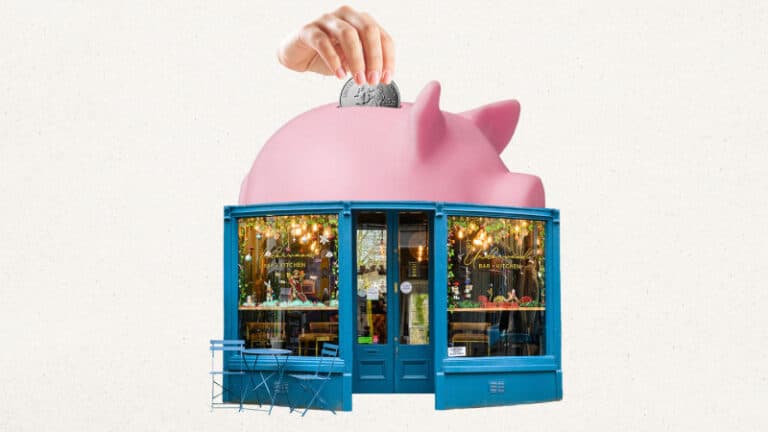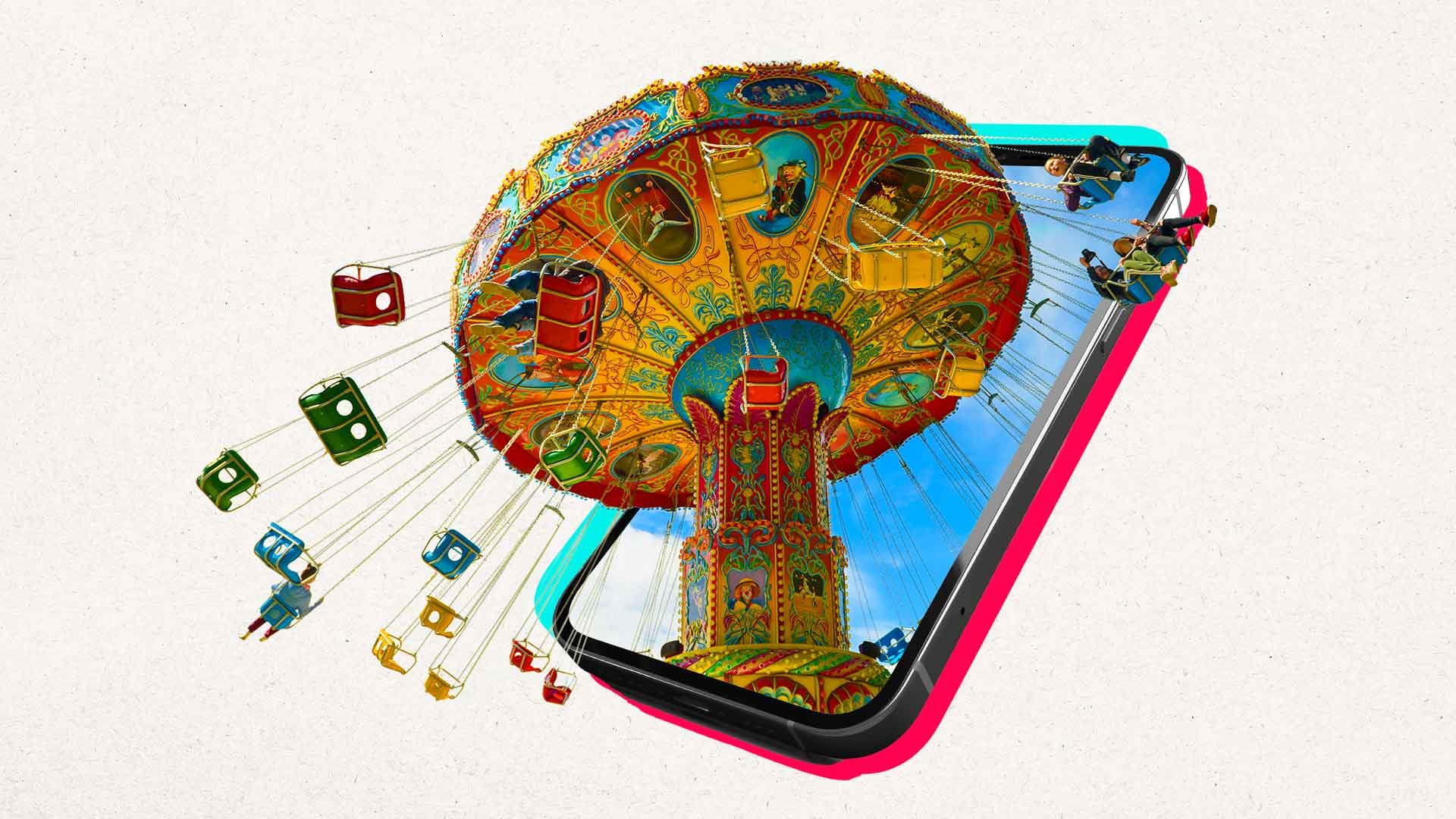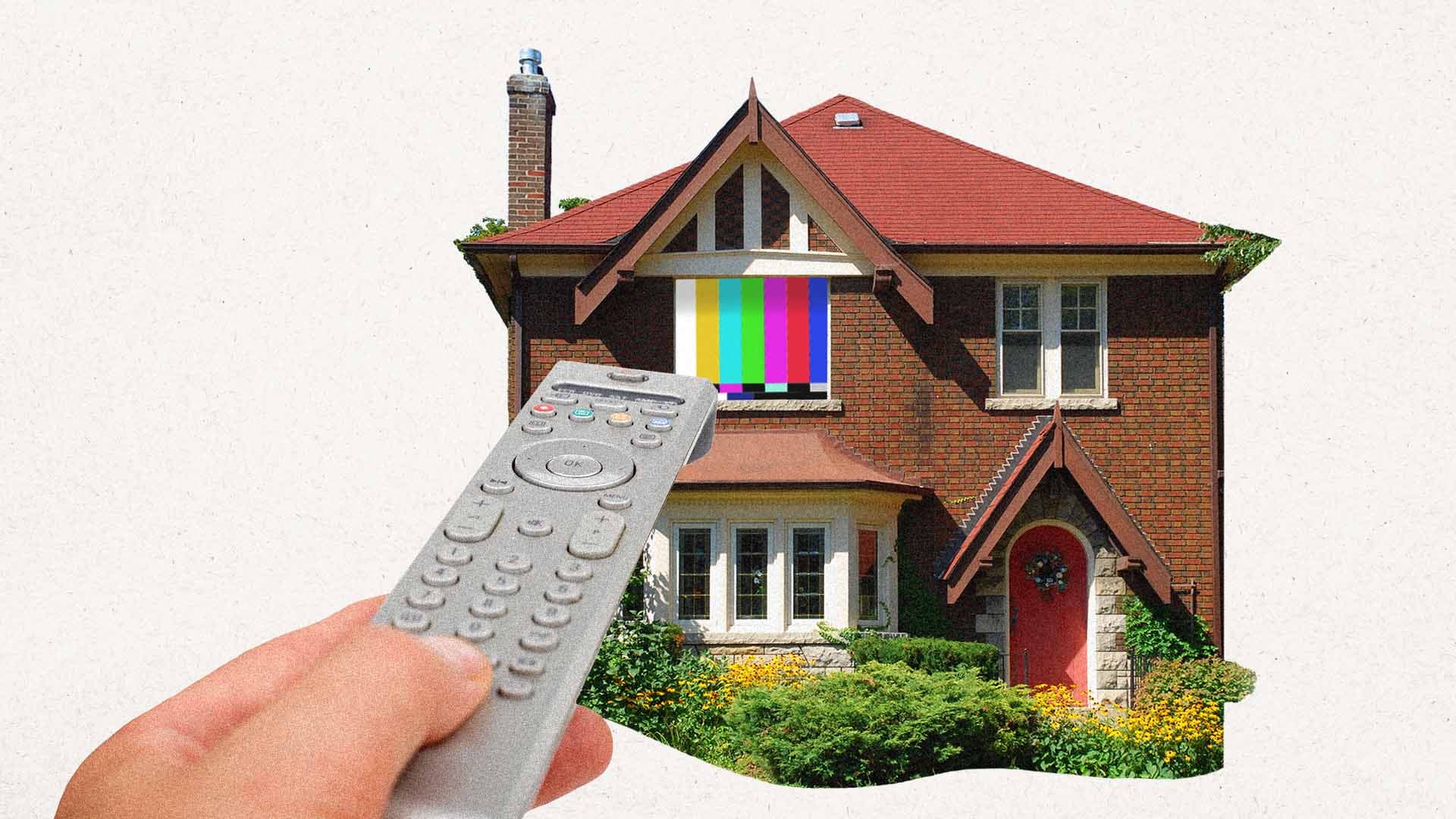The Right Way to Create a Marketing Budget

One of the most often asked questions we receive is, “How much do I spend on marketing? Is there a formula? A way to figure it out without guessing?”
There is.
Gross Revenue Budgeting
We base budgets on a percentage of your gross revenue goals. But first, we start by analyzing Start Up Budgets vs Annual Marketing Budgets.
Start Up Budgets Include:
- Initial branding work. Logo. Strategy work. Messaging.
- Web site design/development
- URL purchase
- Sales materials/collateral
- Business system design and printing
Don’t count these items toward your first annual budget as it will take away from reach and frequency, which is especially needed up front.
“Budgets are based on a percentage of your annual or event sales goal. It is an estimate of where you want to be, not where you were last year. If it’s your first year, you set it on realistic first year sales goals.”
Annual Marketing Budgets Include:
- Advertising
- Web maintenance and updates
- Annual hosting cost/URL’s
- Email marketing
- Social media marketing
- Printing of outreach materials
- Creative costs
- Agency costs
Basically, it includes anything that is for reaching out to new or existing customers. Salaries (i.e. Marketing Director) should be in your operating costs. So should your phone system, sales expenses, cell phones, etc.
How Do You Determine Your Budget?
Budgets are based on a percentage of your annual or event sales goal. It is an estimate of where you want to be, not where you were last year. If it’s your first year, you set it on realistic first year sales goals.
Your marketing percentage can decrease over the years as you build a customer base, email lists, social followers, etc. At that point you may maintain your budget to keep or grow market share or as a safety net. Or you can keep your budget static while sales rise to decrease your overall cost of marketing.
Variable Costs and Fixed Costs
Your budget percentage is based on Variable Costs and Fixed Costs. The higher your variable costs, the lower the advertising percentage. For example, if you are selling memberships to a gym, once you cover the fixed costs for the month, it costs very little to add members, so you will be willing to pay more to get them. However, if you are selling a bottle of wine at the store, each bottle has a variable cost of the COGS, so you have a higher cost per transaction.
For a business like a grocery store or retail store with low profit margins per sale, your marketing budget may only be 2%. A restaurant 3%. A restaurant with high alcohol sales, 3.5%. Whereas a service industry, trade school, entertainment venue is usually in the 15% range, with a first year even higher at 18% or 20%. High-commission products that rely solely on leads might be as high as 20%.
These are rules of thumb, not set numbers.
Are you interested in running the numbers for your business? We often start at the very beginning with our clients to determine all costs, where they fall, marketing budgets and how to allocate the funds. Our agency earns more when your business and revenue grow. Contact Redroc today for a free budgeting consultation at [email protected].
ERNEST CORDER is the founder, President and CCO at Redroc. Ernest provides leadership, creative work, copywriting and media strategy as part of the Redroc team. His passion to create marketing that actually works spans over three decades in the advertising industry.

Why TikTok Is a Game Changer for Your Entertainment and Amusement Business
Discover why TikTok is revolutionizing entertainment businesses—visual appeal, viral potential, audience engagement, and cost-effective marketing.

Targeting Homeowners with Cable and Broadcast TV
Unlock the potential of cable & broadcast TV ads: Target homeowners effectively with strategic local placement & digital synergy.

Overcoming Imposter Syndrome in the Creative Industry
In an industry functioning off collaboration and opinions, self-doubt and low confidence in creators can creep in creating what we know as imposter syndrome. How do we overcome it?